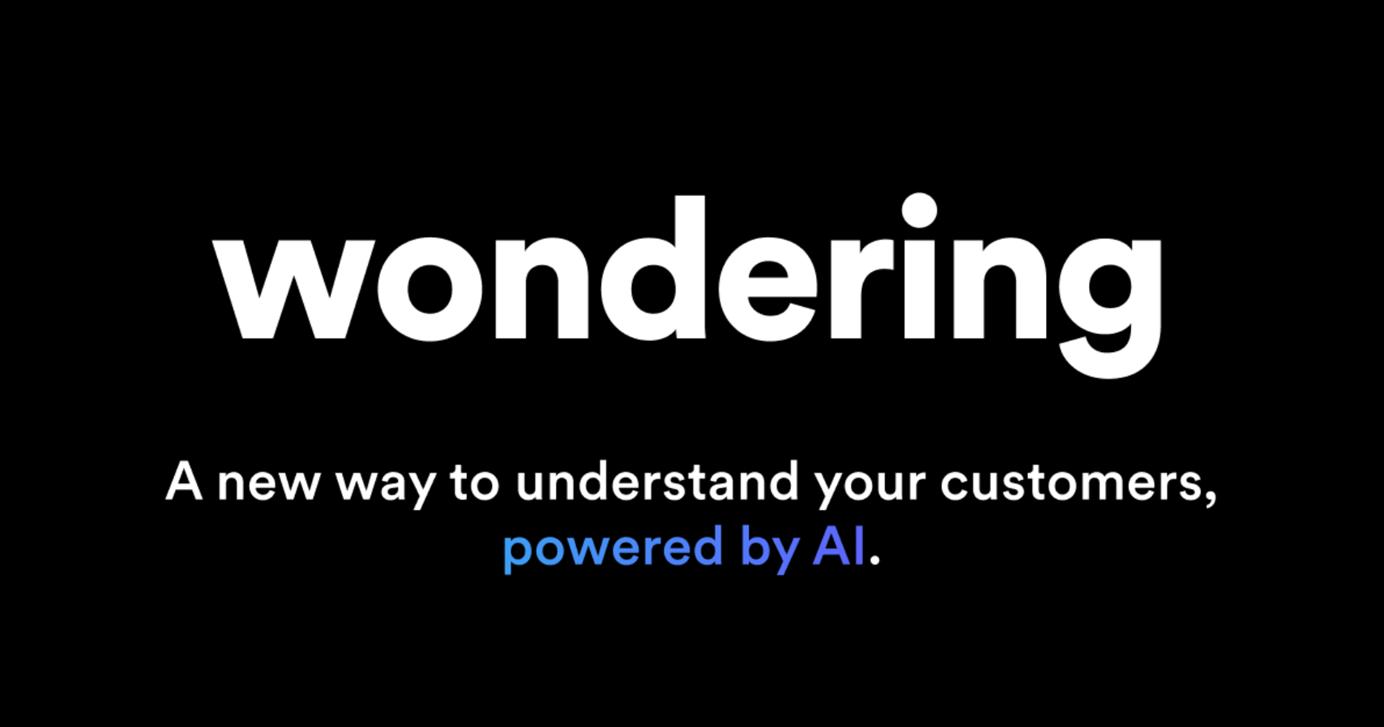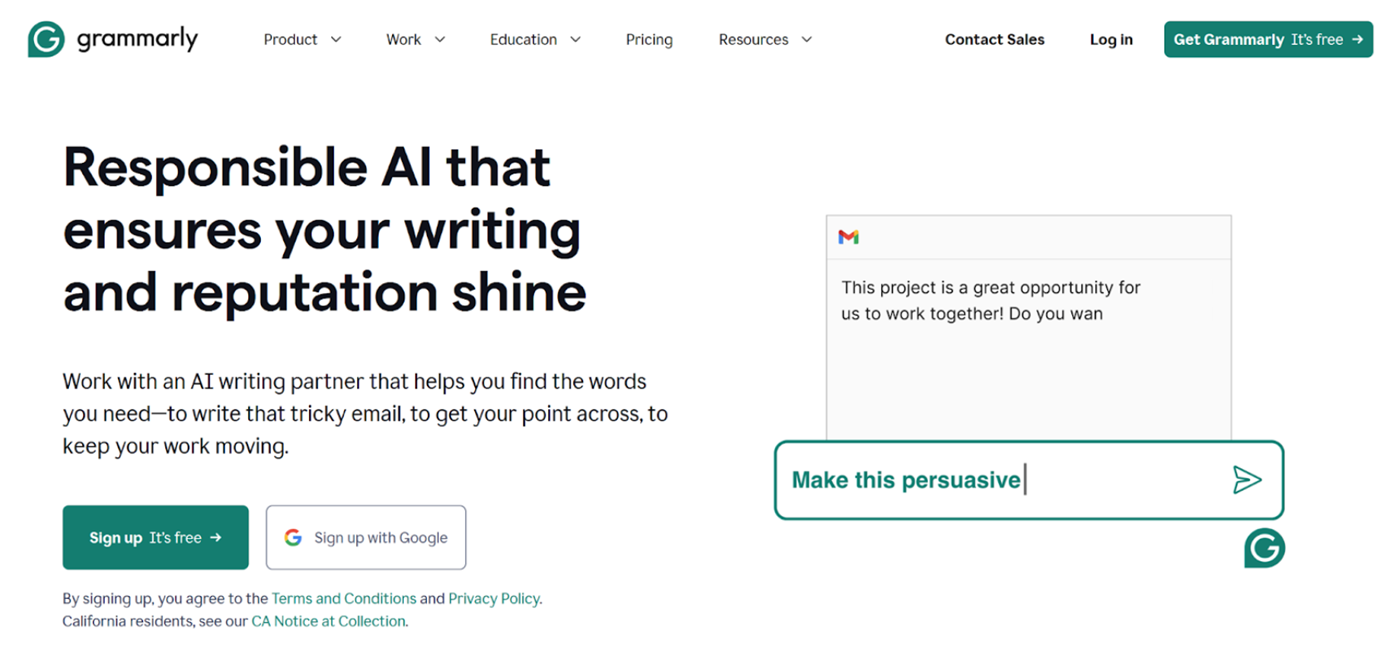Summary:
Achieving product-market fit and practicing user-centered design become difficult when AI is presented as a product’s main value.
A Clear Value Proposition Helps Both Users and Product Teams
To help make decisions throughout the product lifecycle, designers create principles at the beginning of a project. The value proposition is the foremost of those principles — a promise to the user of the value they can expect to receive from using the product.
A clearly defined value proposition ensures that the product delivers the value that the team wants it to provide. Once the team knows the problem it’s solving for the user, it can concentrate on supporting the user journey associated to that user goal. Aligning a team around one value proposition gives it the focus to prioritize features that are necessary to deliver that value and to say “no” to features that might be nice-to-have but aren’t part of that user journey. As a result, the team can deliver a complete solution to the problem more quickly.
This is why the most successful products start by doing just one thing and doing it well. At launch, Dropbox only stored files in the cloud. Instagram let users upload photos and apply a few filters. Uber connected riders to luxury cars in San Francisco.
Products like these became successful because their laser focus on a single capability allowed them to fully satisfy their chosen market segment, before expanding their scope to additional value propositions. Not only did this focused design make it easier to build valuable products, but it also made their adoption more likely. No matter how valuable these tools could be in theory, it would only matter if users tried them — which meant that potential users first had to recognize that the product could be useful. Doing one clear thing well made the job of marketing these products much simpler.
Good Value Propositions Are About the What, Not the How
A product design that flows from a solid value proposition creates confidence at every touchpoint. Potential users can immediately grasp the product’s value and how it might fit into their workflow.
Strong value propositions don’t leave this outcome up to chance but emphasize it from the very beginning of the design process. They include both a goal that is obviously valuable for the user and the experience that will let the user achieve it. In contrast, relative descriptors such as “easier” or “more powerful” are often a sign that the value proposition is not defined, because they leave it to the user to figure out how those things are going to make their lives better.
|
Well-defined value propositions |
|
|
Poorly defined value propositions |
|
We should think about how to deliver product value only after firmly establishing what that value is going to be. This is because the experience we want to create determines which technologies and form factors are most suitable.
Beginning with the how — the technologies or form factors — before determining the what leads to weak value propositions. Without a clear user goal to guide design choices, the decision of which features to include will be made based on incentives such as what is easiest to build or most exciting. And when the features this technology enables are presented to the user, they will not add up to a product whose value is easy to understand.
Why AI Is Not a Value Proposition on Its Own
Many product teams today are under pressure from stakeholders and investors to integrate generative AI into their products. Unfortunately, reorienting from a user-centered mode of design to one that focuses on technology is causing these teams to lose track of their value proposition and to lose the ability to tell an effective story. When the most prominent part of the pitch is that the product has AI in it, users struggle to understand how that helps them.

Unlike value propositions focused on product functionality, “powered by AI” could mean just about anything. This framing makes users wholly responsible for identifying opportunities to integrate the tool into their workflows. Shifting this burden from the designers of the tool onto the users means that fewer users will be likely to give it a chance, use it successfully, or return to it.
On top of that, unlike with most technologies, the mere presence of the team “AI” in product descriptions can trigger fear and reduce the likelihood of conversion, as shown by Mesur Cicek, Dogan Gursoy, and Lu Lu. By now the drawbacks of LLMs are well-known to both users and designers, and successful AI-powered products need to be able to address users’ specific anxieties about AI in their domain.
For example, Grammarly must wrestle with common perceptions of AI writing: it won’t sound like me, it will come across as stuffy and corporate, it will be obvious that I used AI and people will judge me. Grammarly’s landing page (above) is able to address that anxiety — it’s your writing and reputation, the AI is just a partner that helps you find the words.

Grammarly can alleviate users’ concerns about AI with just a few words because the product’s AI features are tailored to one specific task. The broader the product’s AI feature set, the more anxieties its value proposition will have to soothe for it to be successful.
Treating AI as a Value Proposition Leads Teams to Lose Focus
AI is an “everything” technology. Foundation models are trained on the contents of the entire Internet and promise to do anything that anyone on the Internet can: write an email or a poem, update a resume, act as a therapist, give investment advice, or write code.
As a result, there is a lot of overlap between what AI can do and any given problem space. This is where the presence or absence of a clear value proposition shapes two different courses of action for product teams.
Product teams with a clear value proposition as their guiding principle can anticipate the capabilities that users will need to reach their goal. Some of those capabilities may require AI, and others may not, but they are all structured around one continuous user journey. Features extraneous to that journey can be safely left out, redirecting development efforts towards making the experience work holistically. The resulting product will be easy to describe with one clear and simple message, because it focuses on doing one thing well.
But when teams who treat “it has AI in it” as its own value proposition try to optimize that value, the only guiding principle they will derive is to make the experience as AI as possible. In practice, this often means adding a broad-scope chatbot to the product. This interface format may present the user with the greatest range of AI capabilities, but it also has the highest barrier to adoption. Other common AI paradigms such as summarizers can be inappropriate for delivering a good experience, but are implemented as low-hanging fruit.
The dynamics of B2B software design present another scenario. While users often struggle to identify uses for AI in their workflows, business leaders are increasingly willing to pay for AI features merely for the bragging rights of providing their people with cutting-edge tools. Product teams may be tempted to meet this demand, but allowing it to dilute their value propositions is unlikely to result in long-term profits. A team that starts with user-centered design can choose the type of AI integration that provides the greatest value to the user. And a product with clear value proposition beyond “powered by AI” is going to not just land business contracts but also keep them after the excitement has faded.

References
Mesut Cicek, Dogan Gursoy, and Lu Lu. 2024. Adverse impacts of revealing the presence of “artificial intelligence (AI)” technology in product and service descriptions on purchase intentions: The mediating role of emotional trust and the moderating role of perceived risk. Journal of Hospitality Marketing & Management 34, 1 (June 2024), 1–23. DOI:http://dx.doi.org/10.1080/19368623.2024.2368040
